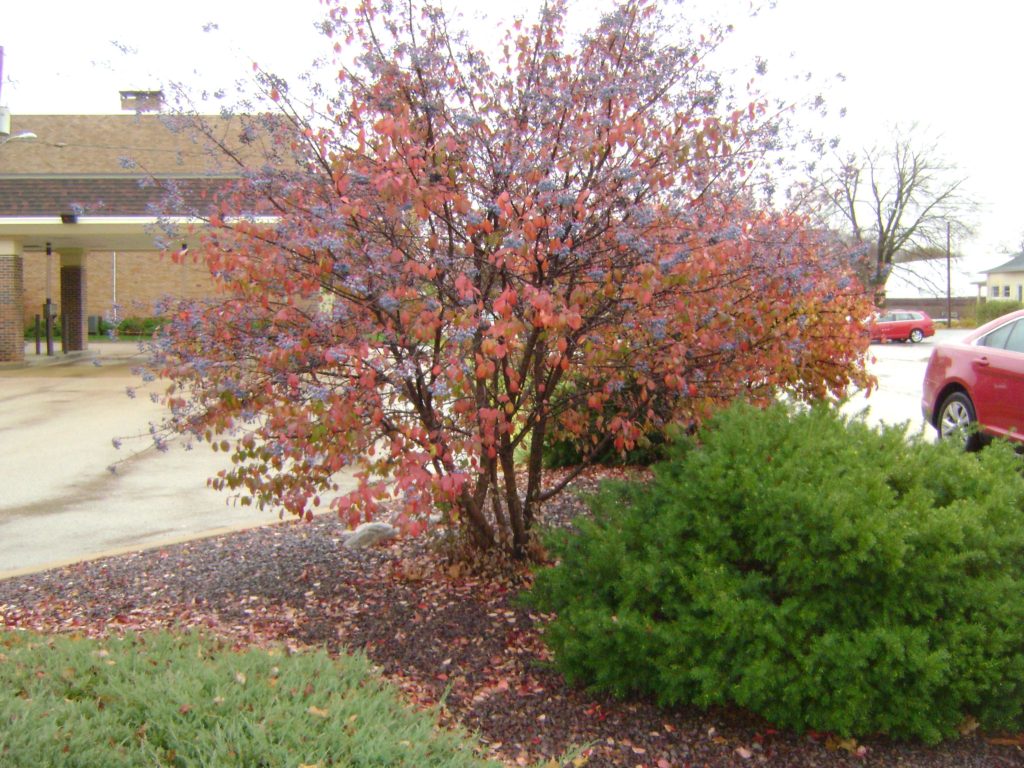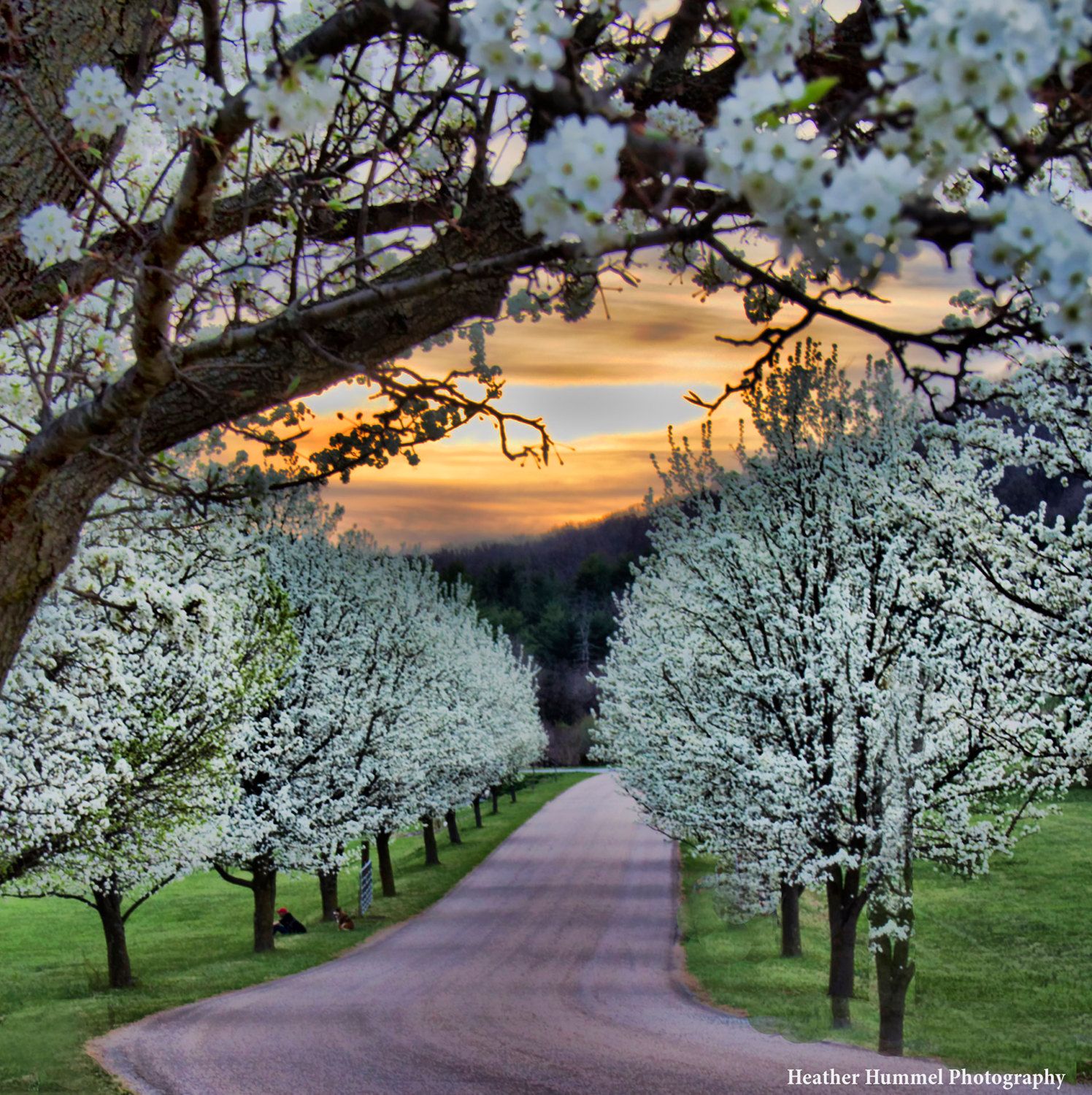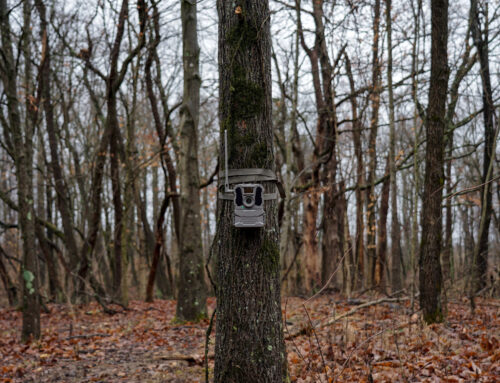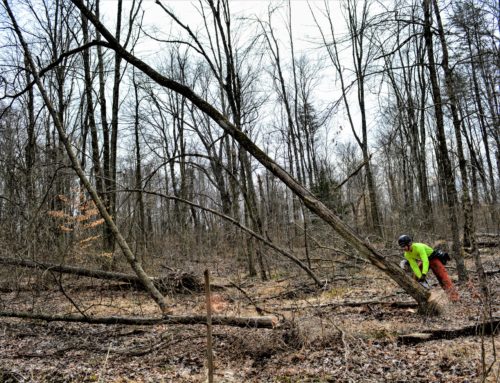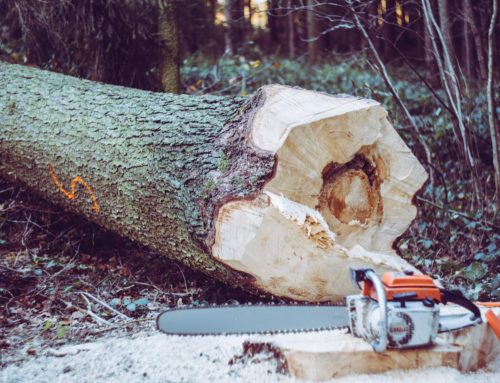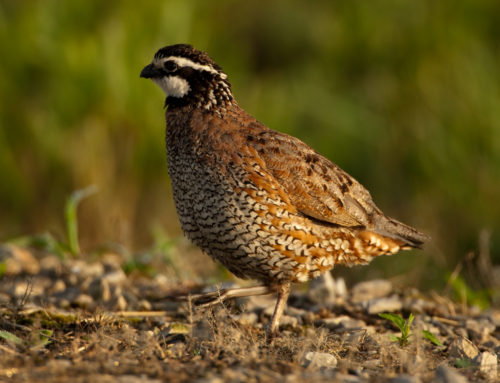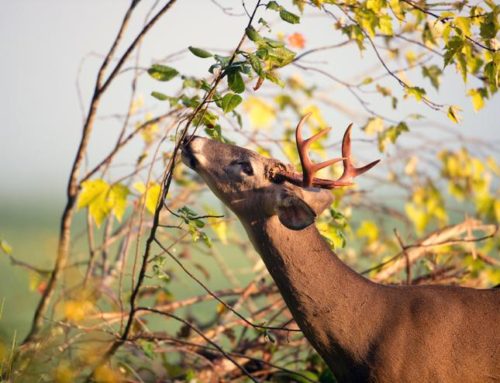Native Alternatives to Invasive Species
Invasive plant species multiply and spread faster in comparison to our native species due to their longer growing season and shorter dormancy period. Many of the species of highest ecological concern, originated as landscape plants chosen for their aesthetic appeal. Overtime, these invasive plants have made their way to our forests, are out-competing our native species and are hindering the forest’s ability to regenerate native species. To learn more about why invasive plants species are an ecological problem, read our other blog post, “Why Invasive Species Management is Important”.
Below are some commonly planted invasive species in Indiana and some suggestions of native (to Indiana) alternatives to plant in their place. There are a number of other invasive landscape plants not featured in this article. For more invasive plant species and alternatives, visit INPS’s Top Garden Invasives.
1. Calery Pear (Pyrus calleryana)
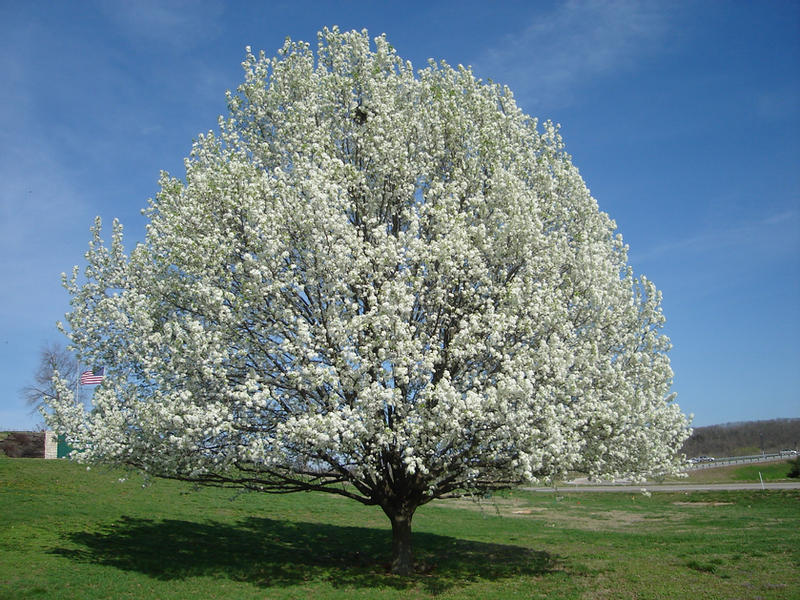
Alternatives: flowering dogwood (Cornus florida) or downy serviceberry (Amelanchier arborea)
Both produce beautiful white flowers! Pictured below is a flowering dogwood tree.
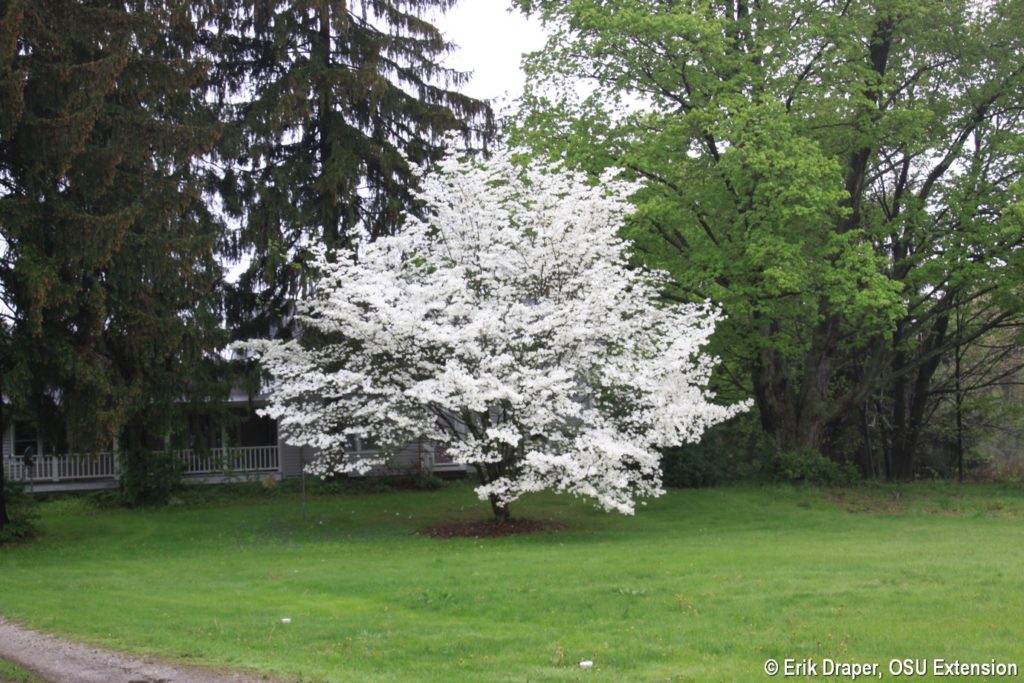
2. Norway maple (Acer platanoides)
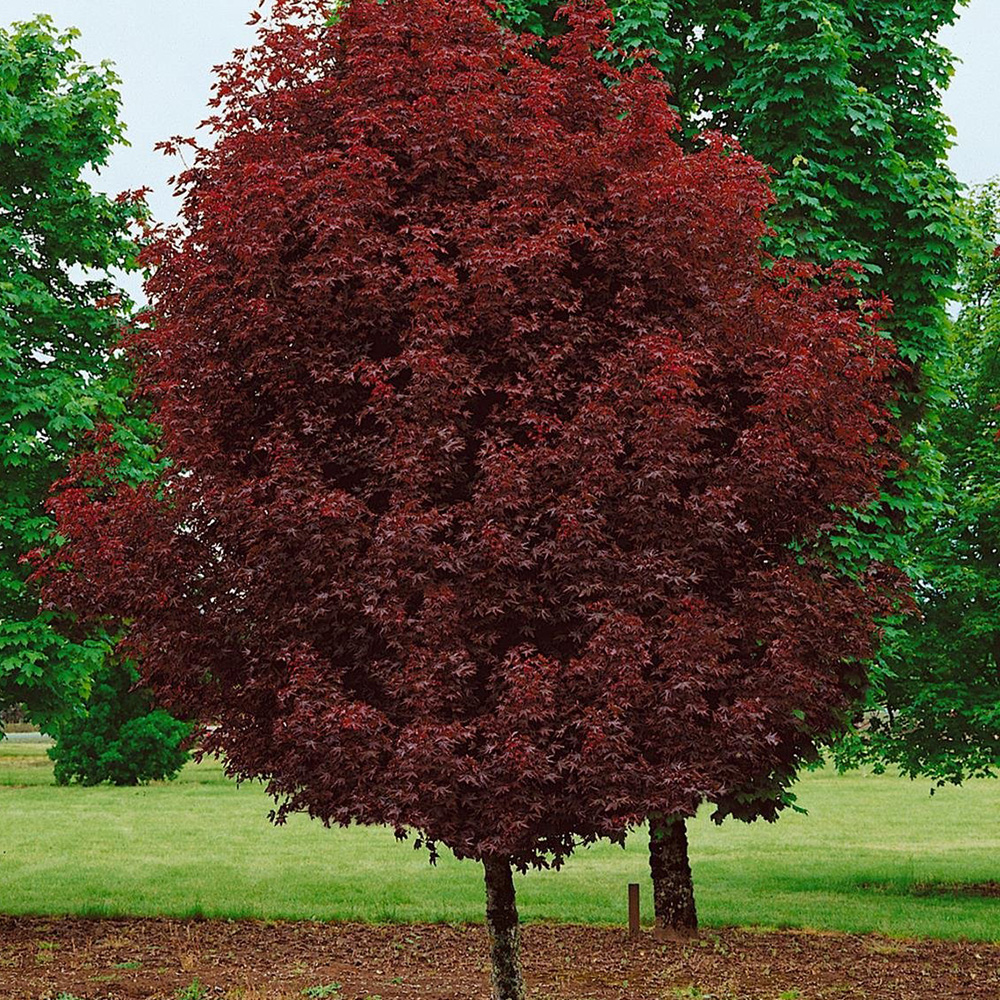
Alternatives: red maple (Acer rubrum) and sugar maple (Acer saccharum)
Both produce vibrant fall foliage! Pictured below is a sugar maple tree.
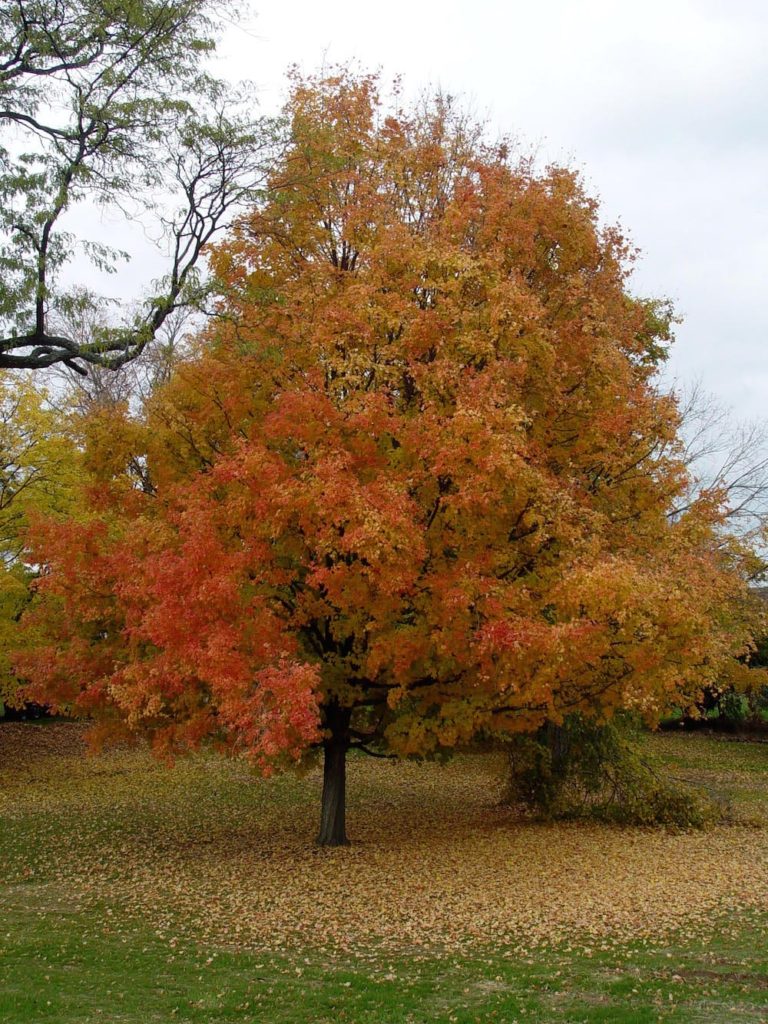
3. Japaneese barberry (Berberis thunbergii)
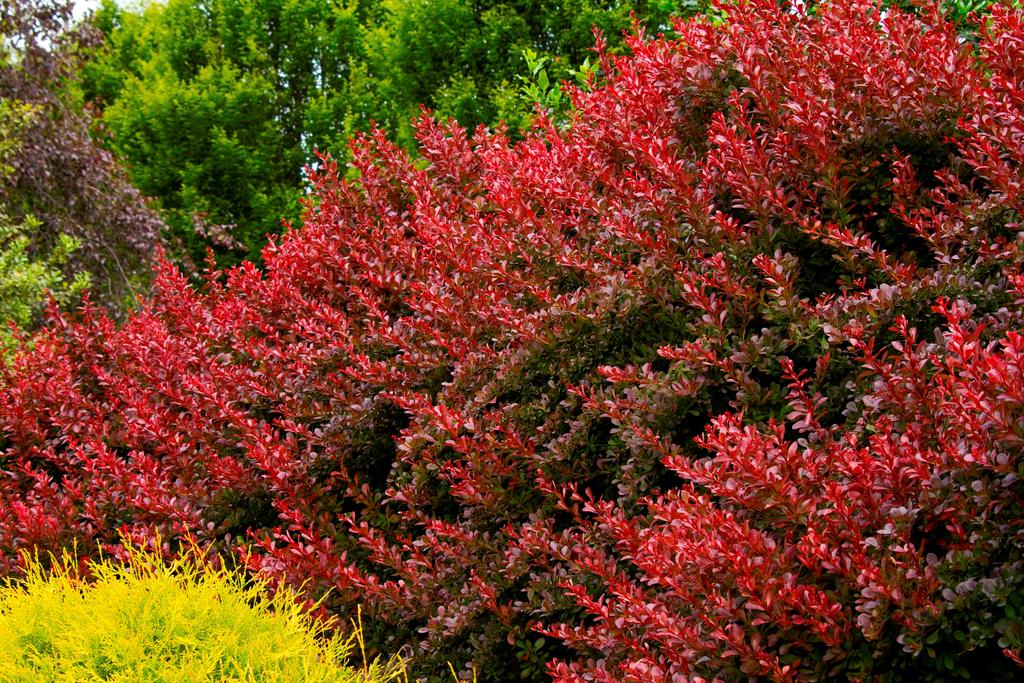
Alternatives: black chokeberry (Aronia melanocarpa) and grey dogwood (Cornus racemosa)
Both are native shrubs which would be a great addition to any landscape. Pictured below is black chokeberry.
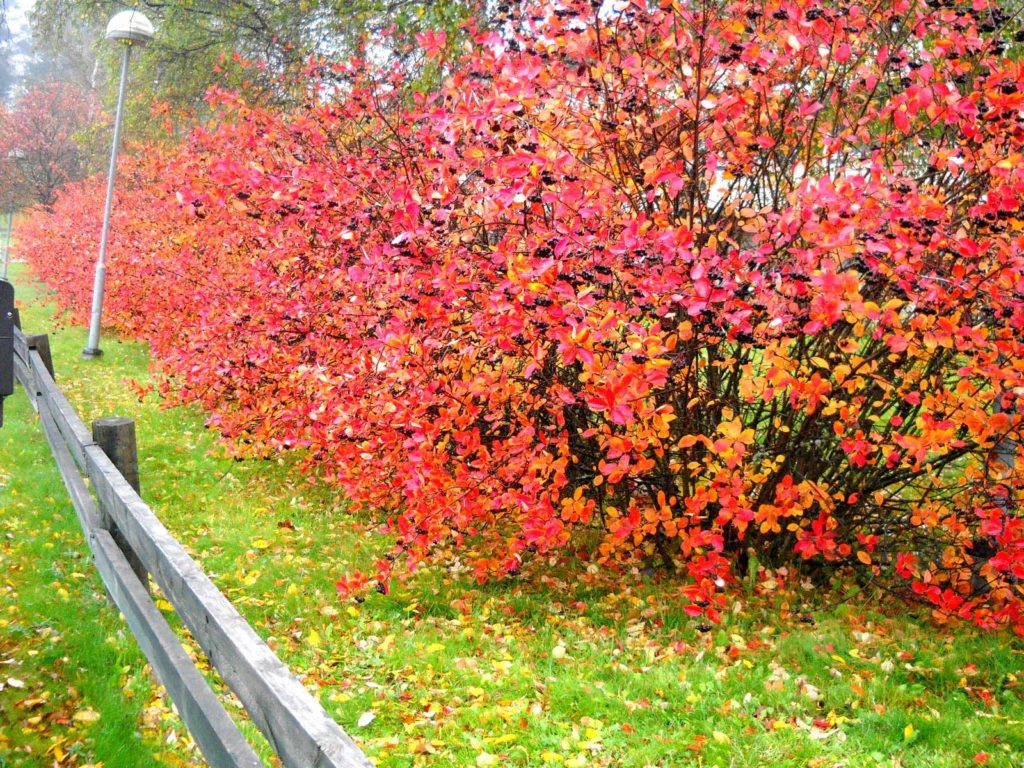
4. mimosa (Albizia julibrissin)
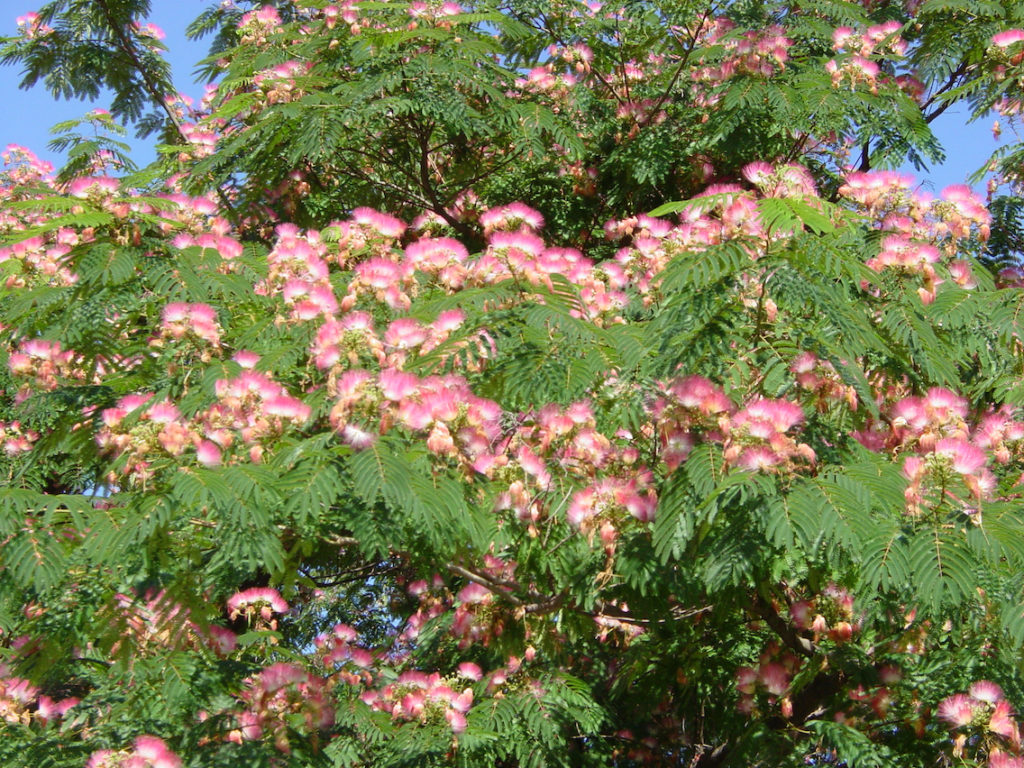
Alternatives: Eastern redbud (Cercis canadensis) and black cherry (Prunus serotina)
Both offer beautiful spring blooms! Pictured below is an Eastern redbud.
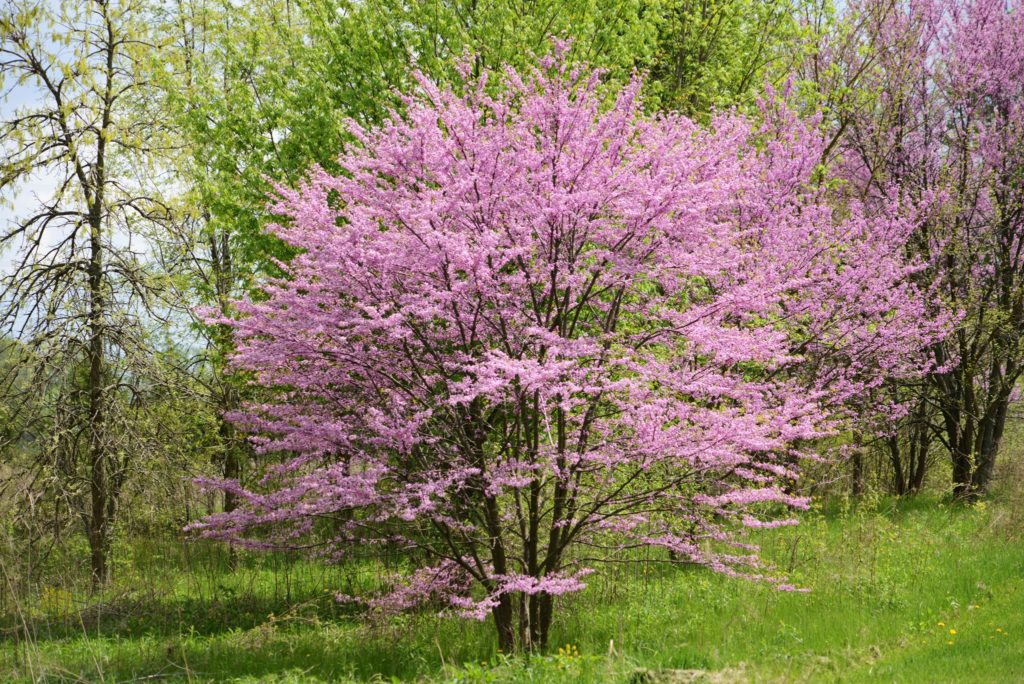
5. English ivy (Hedera helix)
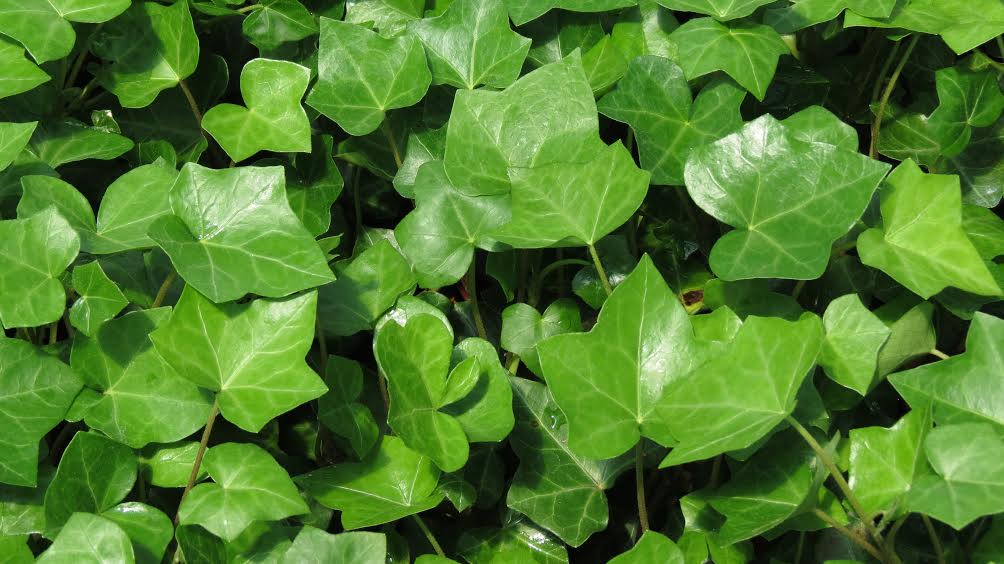
Alternatives: Virginia creeper (Parthenocissus quinquefolia) and vasevine/leatherflower (Clematis viorna)
Both are native climbing vines. Pictured below is Virginia creeper.

6. Eastern burning bush (Euonymus atropurpureus)
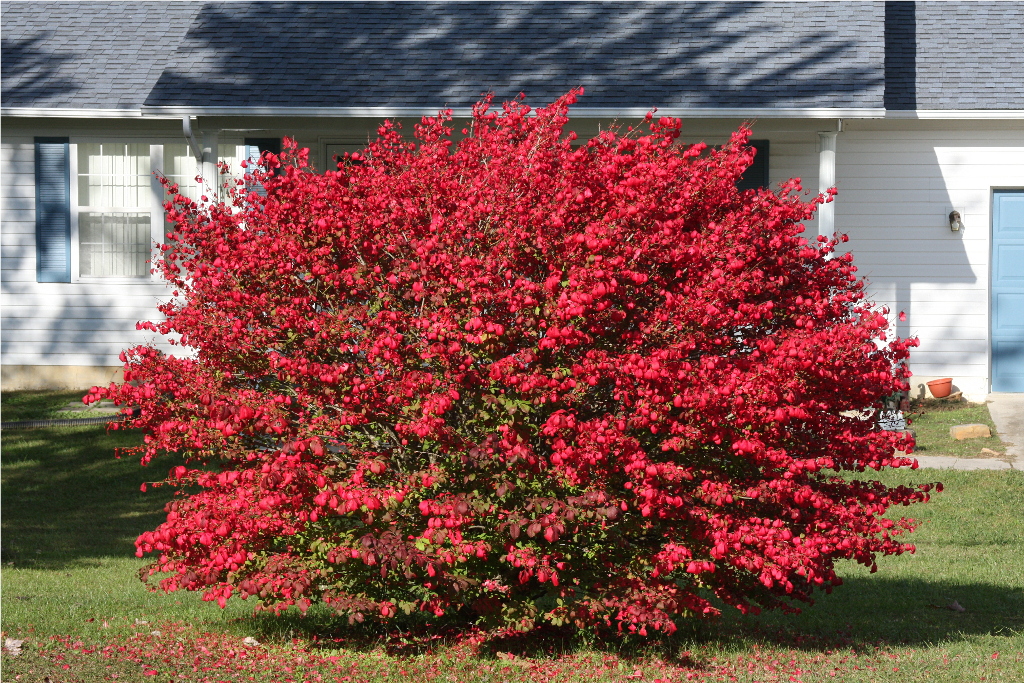
Alternatives: blackhaw (Viburnum prunifolium) and sumac (Rhus spp.)
Both are native shrubs which turn varying shades of red in the fall. Pictured below is blackhaw.
